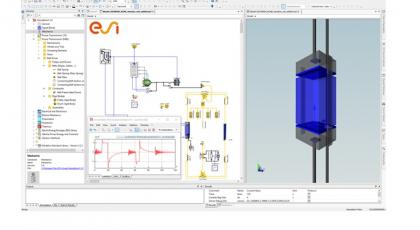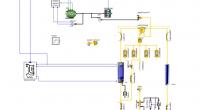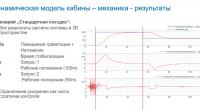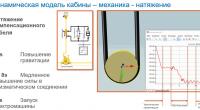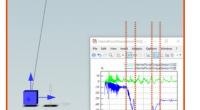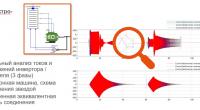Digital twin of passenger elevator – SimulationX
There are not many elevator manufacturers in Russia. It is companies that do not just sell systems developed abroad but create and sell their products. The most high-tech and caring for future users actively use computer simulation systems and work simulation, virtual tests. We managed to participate in one of these projects.
The task of Nova-Engineering was to create a complete system model of the elevator, based on the Customer's requirements specification (where the characteristics of all systems, components, and wishes on the functional characteristics of the elevator and its user qualities were given).
The following components had to be included in the model:
- Belt drives (belts, cables, and blocks)
- Power circuits
- Electromechanical motors
- Lifting pulley with attachment and ropes
- Cab with frame
- Counterweight
- Guides
- Movable and compensating ropes
- Emergency braking system
- Buffer stop
The following was estimated in the simulation:
- Spatial effects (for example, a deflected cab mounting on a rope)
- Mass characteristics (distribution, variation from the simulation time, the possibility of using CAD models)
- Rope dynamics with friction on the pulley (slip)
- Tension control system for compensation rope
- Connections (submodels) for cab and counterweight
- Contact elements for the guide rail
- Mounting elements for the casing and between the frame and the cab
In the created model of the elevator, we could work out different scenarios of travel, braking, set the necessary speed limits, and assess the load on the nodes and mechanisms of the elevator while maintaining the safety and comfort of movement for passengers.
The lateral forces affecting the cab and its possible rolling were evaluated. We evaluated the kinematic parameters of all elevator elements (cab, rope, counterweight, etc.) in real-time, as well as simulate and study various controller settings, changes in stiffness (springs, fasteners), changes in geometry (change in the center of gravity, the position of the guide pads), detect the causes of future breakdowns and set maintenance dates following the predicted wear of components.
Special mention should be made of the ability to predict and analyze scenarios of possible accidents, breakdowns, and malfunctions to ensure preventive maintenance. Thus, we have potentially reduced the number of calls due to accidents and elevator stops, which at the development stage gives us significant savings in time and money for the service of the created product.
